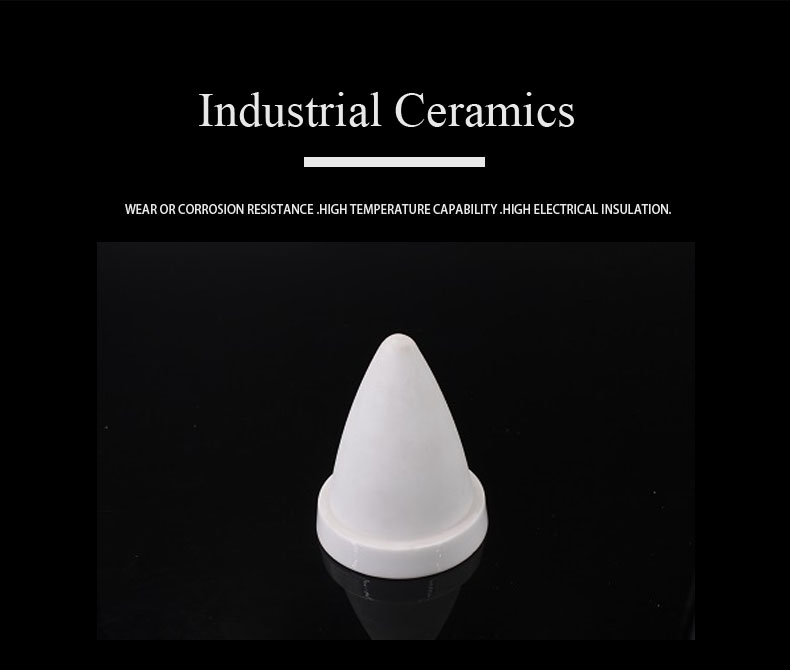Ceramics, usually made up of commonly available materials, such as carbon, silicon, oxygen and nitrogen, solidify at high temperatures and pressures to form ceramic materials that can be used in a variety of household products. Industrial ceramics (also known as engineering ceramics or high-performance ceramics) typically contain more complex compounds, including alumina, carbide, nitride, boride, and zirconia. Technical ceramics can obtain certain engineering properties or specific combinations of properties under different formulations or processes, thus frequently replacing metals, polymers and refractories in various applications.
The outstanding engineering characteristics available for technical ceramics mainly include:
High hardness and stiffness
One of the most common characteristics of industrial ceramics is extremely high hardness and stiffness, some of which is more than four times that of stainless steel. This high hardness translates directly into excellent wear resistance, which means they can have the ability to maintain accurate, high-tolerance surface treatment for longer than any other material.

Low density
Another common characteristic of industrial ceramics is the low density of 2 to 6 g/cc. It is much lighter than stainless steel (8 g/cc) and titanium (4.5 g/cc), with only softer aluminum having a similar density. That means making products lighter, which is essential for many products, like aerospace.
Resistance to ultra high temperature
Some ceramics work well at temperatures above 1,750 °C, making them superhot materials. These ceramics have proven invaluable in high-temperature applications such as engines, turbines and bearings, extending service life, performance and efficiency.




